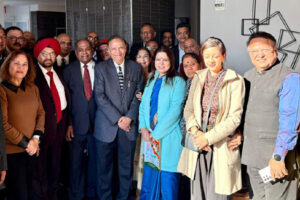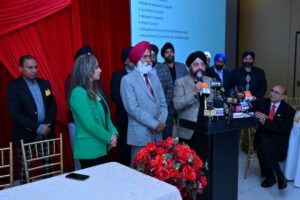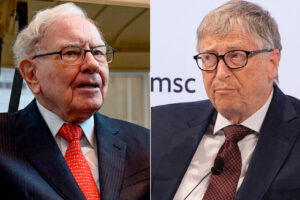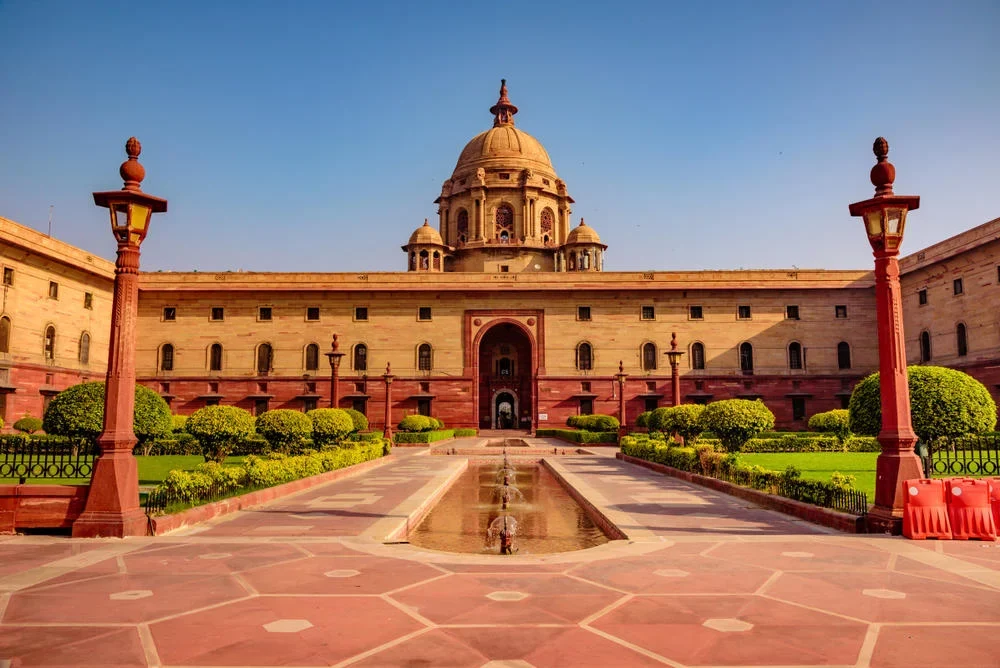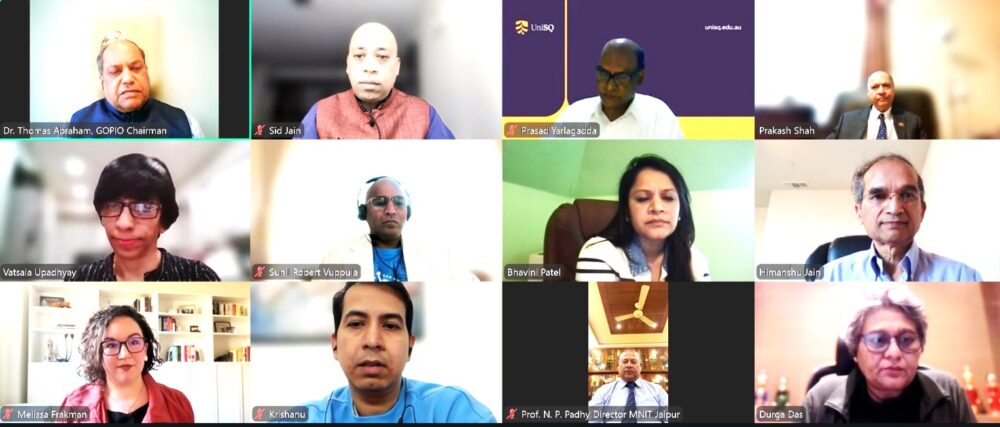As part of the Central Vista redevelopment, much of North Block — once a seat of administrative power in New Delhi — has been vacated. The historic building is now being reimagined as a space that looks back at India’s long civilisational journey.
The ground floor of North Block is set to feature a 1,500 sq m gallery named “Time and Timelessness”. Designed to display nearly 100 rare and iconic artefacts sourced from museums and collections across the country, the gallery will explore India’s deep and evolving relationship with the concept of time. It will trace centuries of cultural, spiritual, artistic, and scientific thought, presenting an immersive narrative of how Indian civilisation perceived and measured time.
This exhibition forms part of the Yuge Yugeen Bharat Museum project, spread across both North and South Blocks. Artefacts will represent different eras and regions of the subcontinent: from a terracotta hourglass excavated at Kalibangan (2500–1700 BCE), to 10th–11th century Chola bronzes from Tamil Nadu, a 16th-century astrolabe made in Lahore, and sculptures from the Gupta dynasty of the 5th century.
Back in May, Global Net News reported that the Yuge Yugeen Bharat Museum would centre around the theme of 5,000 years of Indian civilisation. Its name reflects the eternal nature of India’s heritage. Organised into multiple thematic sections, the museum aims to narrate the country’s historic ideas, figures, milestones, and achievements that continue to shape its present identity.
Among its many proposed sections, “Time and Timelessness” is the first to be fully conceptualised. According to sources, the gallery will not be a conventional chronological record. Instead, it is envisioned as an experiential journey, inviting visitors to reflect on Kaal (time) — not just as history, but as a cosmic principle, philosophical pursuit, and lived experience.

Blending storytelling, artefacts, and immersive displays, the gallery’s core objective is to illustrate how India’s unique interpretations of time have sustained one of the world’s oldest unbroken civilisations while continuing to resonate today.
The exhibition will be divided into two major themes:
- Kaal-Avadharana — time as a philosophical and cultural concept.
- Kaal-Ganana — the science and measurement of time.
Instruments such as sundials, water clocks, and astronomical manuscripts will highlight India’s contributions to mathematics and astronomy. Meanwhile, the philosophical section will feature iconic representations like Nataraja bronzes, depictions of Surya and Vishnu, and visual portrayals of mythic cycles of time.
Complementing these objects will be key manuscripts and texts, including excerpts from Aryabhata’s Aryabhatiya, alongside cosmological charts that frame time within the Indian worldview. Elements of India’s visual heritage — textile scrolls, murals, illustrated manuscripts — will also enrich the narrative, together with calendrical inscriptions and dated records.
Planned for an annual footfall of around 10 million visitors, the Yuge Yugeen Bharat Museum is projected to become the largest museum in the world, surpassing even the Louvre in Paris. Covering 1,55,000 sq m, it is a central feature of the Central Vista redevelopment. In December 2024, an agreement was signed between the National Museum and France Museums Development for technical collaboration on the project. The inaugural gallery, Time and Timelessness, is expected to be ready within a year.

